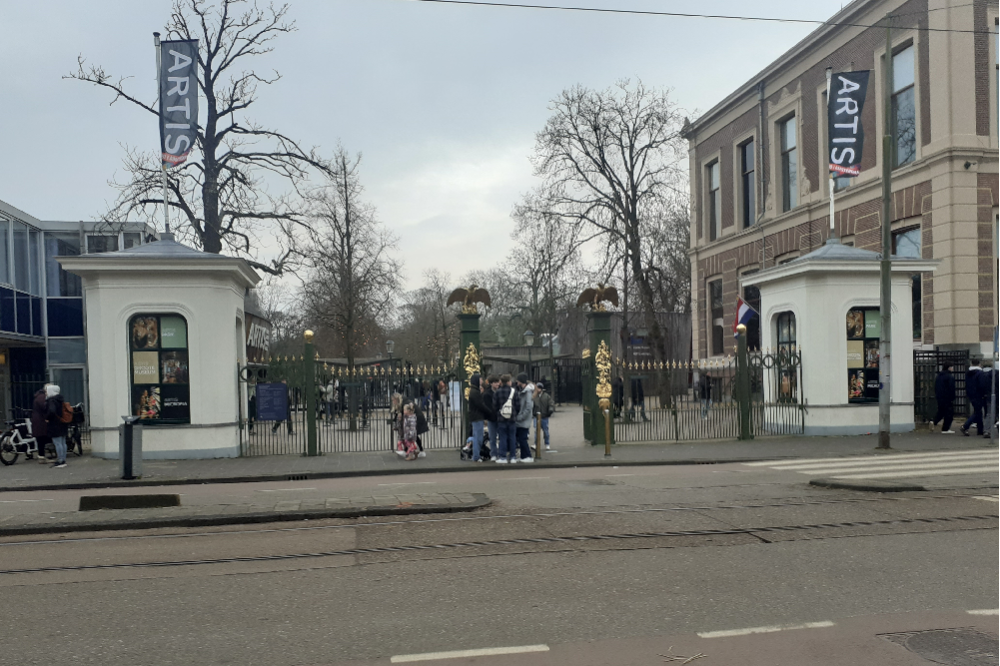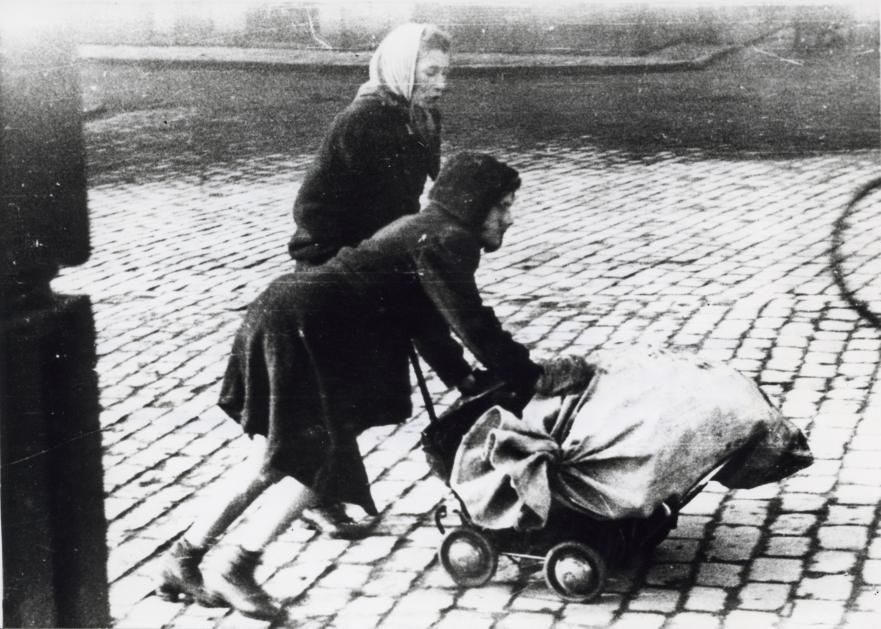Stelling van Amsterdam - National Pigeon Post Station (Wolvenhuis)
From 1892 onwards, the Eik en Linde building became the main station for the National Pigeon Post Service.
Lieutenant A. Holland set up a pigeon shelter on the top floor, with 93 pigeon lofts, runs, and a sickbay. The pigeons were used as emergency communications within and outside the Defence Line of Amsterdam, alongside telegraphs, telephones, and couriers.
During the mobilization of 1914, the 12 Pigeon Station Chiefs each received 24 pigeons, equipped with tubes, messages, pigeon food, and an advance payment. In November, the pigeons were retrieved and only re-issued in emergencies. A telegram with the code word "Juliana" activated the re-issue via a soldier with a white pigeon emblem. Associations such as Columba and Het Centrum supported the service with pigeons and message transmission.
In 1903, the service came under the Ministry of War. Outside the Defence Line, there were stations in Leiden, among other places; Within the lines was the Group Pigeon Station at Witlust Farm near Abcoude. The pigeons always carried two messages: the last and the previous, to compensate for losses due to enemy fire.
The National Pigeon Post Service was disbanded on January 1, 1933. A limited task was transferred to the 2nd Engineer Battalion in Utrecht. Plans for its re-establishment in 1939–1940 were never implemented.
The Eik en Linde building remained within Artis and has since been used as an animal shelter and storage facility under the name "Wolvenhuis" (Wolf House).
Do you have more information about this location? Inform us!
Source
- Text: TracesofWar
- Photos: TracesofWar
- stelling-amsterdam.nl
Nearby
Museum
- Resistance-museum Amsterdam - Amsterdam
- National Holocaustmuseum - Amsterdam
- Memorial Centre Hollandsche Schouwburg Amsterdam - Amsterdam
Point of interest
- Artis Zoo - Amsterdam
- Sale Point Star of David Plantage Parklaan 9 - Amsterdam
- Warehouses Entrepotdok - Amsterdam
Monument
- Memorial Destruction of Amsterdam Registry Office - Amsterdam
- Memorial IVKO School - Amsterdam
- Memorial Former Portuguese Israelite Hospital - Amsterdam
Cemetery
- De Nieuwe Kerk - Amsterdam
- Dutch War Graves New Eastern Cemetery Amsterdam - Amsterdam
- Polish War Graves New Eastern Cemetery Amsterdam - Amsterdam
Remembrance Stone
- Stumbling Stones Henri Polaklaan 25 - Amsterdam
- Stumbling Stones Plantage Kerklaan 63 - Amsterdam
- Stumbling Stones Henri Polaklaan 17 - Amsterdam
Fortification
- Stelling van Amsterdam - Willem III-sluis - Amsterdam
- Stelling van Amsterdam - Willem I-sluis - Amsterdam
- Marinevliegkamp Schellingwoude (Seefliegerhorst Schellingwoude) - Shelter - Amsterdam






